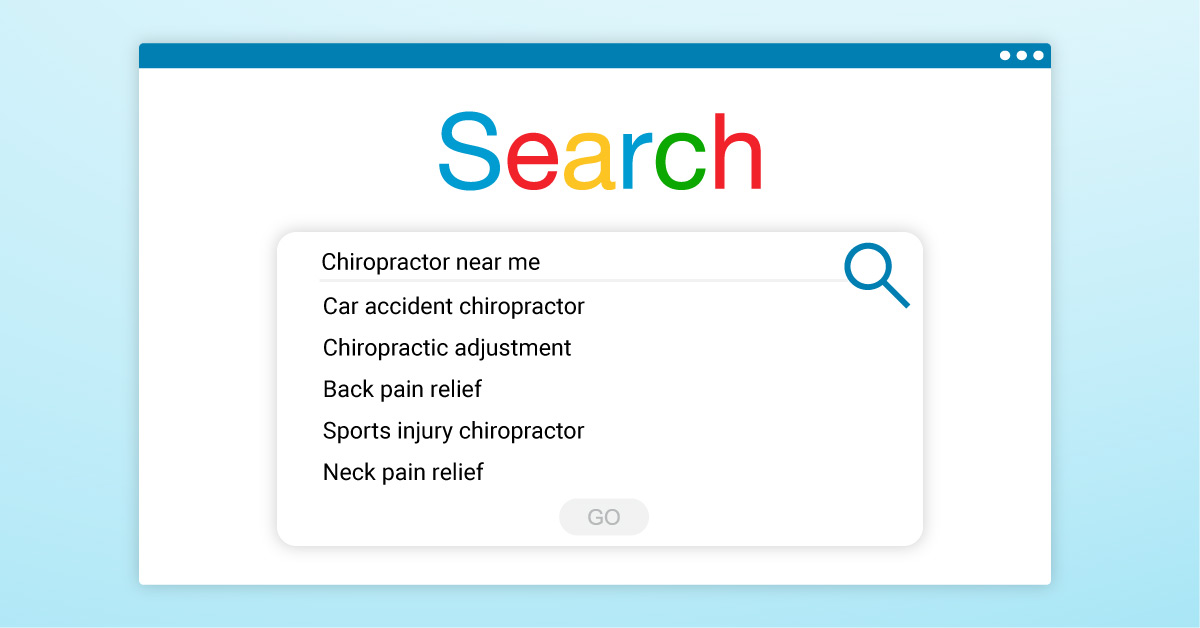4 Tips to Help You Connect With Your Personal Injury Patients
Dr. Tauber is the COO and Director of Education at the American Institute of Personal Injury Physicians. He has over 30 years of experience in both healthcare practice and consulting. A sought-after national guest speaker at med-legal conferences and state association events, he has also been published in national journals. Dr. Tauber is the creator of the “Personal Injury Success Blueprint System” designed to help providers overcome their PI obstacles and quickly improve success.
The process of connecting with your personal injury (PI) patients is similar and yet different from other chiropractic patients. PI patients are usually the only patients that come to the office after experiencing such a potentially life-changing event. In a matter of a few seconds, your PI patients can have their life upended. They are pushed into a world of pain, doctors’ visits, vehicle repair, insurance carriers, permanency, chronicity, and the entire med-legal arena with all its possible variables.
In most practices, patients usually fall into the chronic, not acute category. Even acute sports-related injuries do not have the same life-altering ramifications that can come with Personal Injury. In my view, PI patients require a higher level of five (5) general connection principles. These principles continually intertwine throughout PI cases; empathy, listening, time, communication, and understanding.
In this series, I will share some tips and suggestions about how you and your team can connect specifically to those acutely injured patients in your practice. In addition, there are distinct areas of PI cases where these principles can be applied. This includes team training (initial office contact), patient history (provider first contact), the report of findings, and patient education.

By its very nature, traumatic injury cases should take more time and therefore opportunities to connect with your patients. Connecting with patients can make them feel understood. There have been studies that have shown how patients who feel connected can have better outcomes and adhere to treatment plans. Both of these are important in PI cases.
When a PI patient presents themselves to your office it can be easy to focus solely on their health and forget about everything else that they may be going through. So, what makes connecting with personal injury patients different? In addition to the trauma, and all that was mentioned above, patients may also experience missed work time, loss of income, and an inability to perform regular pre-injury life activities i.e., taking care of their family and/or household… just to name a few. All of these can be exacerbated by their specific injuries, conditions, and pain.
1. Empathize With Your PI Patients
For healthcare providers, a good place to start is with empathy. Defined, empathy is the ability to recognize and be moved by the experience of another without experiencing that state yourself. Empathize with your patient, who up until a few days ago had a life that was essentially pain and symptom-free, but now all of that has changed. Coming to your office multiple times per week is certainly one of those life changes.
After an injury or crash, having fixed office procedures, helping your patients through the process of healing, and providing specific resources is an excellent way to connect. This can also create a positive patient experience not just short-term, but in the long run too.
Fixed office procedures are one of the best places to start team training with your entire office. We will bring in the 5 principles and begin their training with the initial patient contact.

2. Train Your Team in Proper Communication
Long before you meet the new PI patient, your team has multiple touch-points that can help create a foundation for a strong patient connection. Therefore, good team training is a crucial component of the connection process.
Now is an excellent time to begin training everyone about the nuances of the personal injury patient. This can help with their empathy, communication, and understanding. You may discuss topics such as what it’s like to be involved in a car crash (or other types of personal injury cases). Some may even have first-hand experience to draw upon. Identify areas where your office can begin creating a PI process taking those experiences into account. No detail or task is too small at this point.
How does all this translate to connecting with PI patients? Here are some suggestions. There is no better place to start than with answering an incoming phone call from a PI patient. Since this initial contact is handled by a team member, it’s important they are trained, understand, and are well versed in your PI process.
Proper phone etiquette and taking the time necessary during the initial call to gather the right information and answer any questions will create a strong foundation.
For example, be sure whoever answers the phone uses their name to identify themselves to the patient. This simple step is not as common as you think. This immediately creates a bond (someone familiar in an unfamiliar place) and eliminates ambiguity when the patient finally arrives.
If possible, have the same team member that spoke with the patient on the phone be the first to greet the patient when they arrive at the office. Saying something as simple as, “Hi, you must be Jerry. I’m Jennifer. I spoke with you on the phone.” can create an immediate connection to a specific team member and place the injured patient at ease.
3. Make Filling Out Patient Forms Easier
Another opportunity to connect is when your patient has to fill out the “mountain” of PI forms and documents upon their arrival. Before we discuss this step, let’s take a moment to step back and empathize and understand our PI patient.
One of the most common PI injuries and one that has many different entanglements in cases is a traumatic brain injury. Patients can experience headaches, dizziness, confusion, difficulty concentrating, visual disturbance, fatigue, and memory issues. Now, how does all that relate to the team training and the initial contact?
By understanding this potential patient condition, when the team is preparing the initial patient forms and documents, extra in-office time can be built into the appointment. Better yet, if possible, consider sending the patient the new PI paperwork in advance of their appointment.
Filling out paperwork in advance is preferred because it accomplishes several positive things. It allows the patient to complete the majority of paperwork in the comfort of their own home, and, if they are experiencing difficulty concentrating or memory difficulties, they can take any necessary breaks.

Doing this at home relieves a sense of pressure of trying to complete the forms in-office and within a specific amount of time. In addition, you or your team won’t begin wondering why the patient is taking so long to complete forms that seem “so easy.”
We all have been there before when a new patient is taking longer than usual to finish their initial paperwork. This raises the blood pressure of all involved and can begin to put the office behind schedule. In order to catch up, providers may then rush through their procedures such as the history and examination, etc., which is a recipe for disaster in PI cases.
Completing the paperwork with less stress allows the patient to be more thorough and accurate, which can help you with treatment and management. It also allows for access to important information they may otherwise not bring to the office. For example, insurance carrier(s) information, claim numbers, post-injury providers, and any other pertinent case documents.
Develop a process that allows the patient to feel comfortable, and relaxed while also providing you necessary information or documentation. This level of empathy and understanding can create a positive patient connection at the outset and set your patient and the case on a successful path.
4. Consider Patients With Traumatic Brain Injuries
If we continue along those lines…where else can we be understanding, communicate and empathize with our PI patient? How about anticipating the patient missing regularly scheduled appointments? What could be misconstrued as non-compliance could just be the product of traumatic brain injury symptoms. In personal injury, it is critical for patients to comply with the recommended treatment plan. Missed appointments can be an issue later, after the patient is released from care.
If your patient exhibits memory loss or other TBI symptoms, create a process of reminders throughout the day of their appointment. While this may seem burdensome for your team, communication via automated reminder calls and text messages at appropriate times can help eliminate these missed appointments and keep the patient on track with their care and healing.

Of course, ongoing memory issues and TBI symptoms should go beyond just making sure the patient makes their appointments and should be appropriately managed clinically.
These examples provide just a few areas whereby your team can begin connecting with your next PI patient. At this point, consider this an opportunity to go beyond these suggestions and review your offices’ entire initial visit process. You may find additional areas to apply these principles of patient connection.
Applying the above principles sets the stage for the next area when you introduce yourself to the patient for the first time and the PI patient history. This is where you can continue to build upon the foundation initiated by your team.
Want to learn more about how AIPIP and ChiroMatrix are working together to help chiropractors achieve their practice goals? Get a free website audit to see what you can improve and start connecting with even more personal injury patients.



